CAPSTONE DESIGN PARTICIPANTS

Matthew Tino

Sydney Dolick
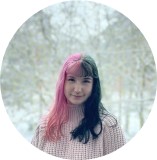
Jessica Rogobete

Ryan Zamperoni
Hydrophobic and Anti-bacterial Nanocoating for High-Touch Metal Surfaces
1
Due to the COVID-19 pandemic, disease prevention has become a global priority. This project aims to prevent the spread of infection through coating commonly touched surfaces. This coating, which utilizes silver and silica nanoparticles, is multi-functional and can be sprayed on public surfaces such as railings and door handles. The coating which contains antibacterial and water-repellent properties creates a surface that repels disease-carrying droplets and prevents bacterial growth.
Consultant: Professor Boxin Zhao

Yahia Nassab
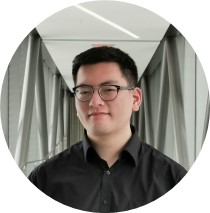
Alex Wei

Reese Martens

William Losin
Moonlight Haptics: A Haptic Display for Visual Impairment
2
Vision impairment is not only a problem of losing vision but also one of losing choice and independence. There are no tools today that convey one’s environment in sufficient detail to allow one to explore the world’s novelties without a human guide. Our device allows users to truly “see” by mimicking vision through the sense of touch using vibrating coin-sized motors operating at a haptic resolution that was previously unrealizable. A camera live-streams the user's surroundings into an image displayed directly onto the user’s skin, allowing one to “feel” the world around them.
Consultant: Oliver Schneider
Sponsor: Engineer of the Future Fund
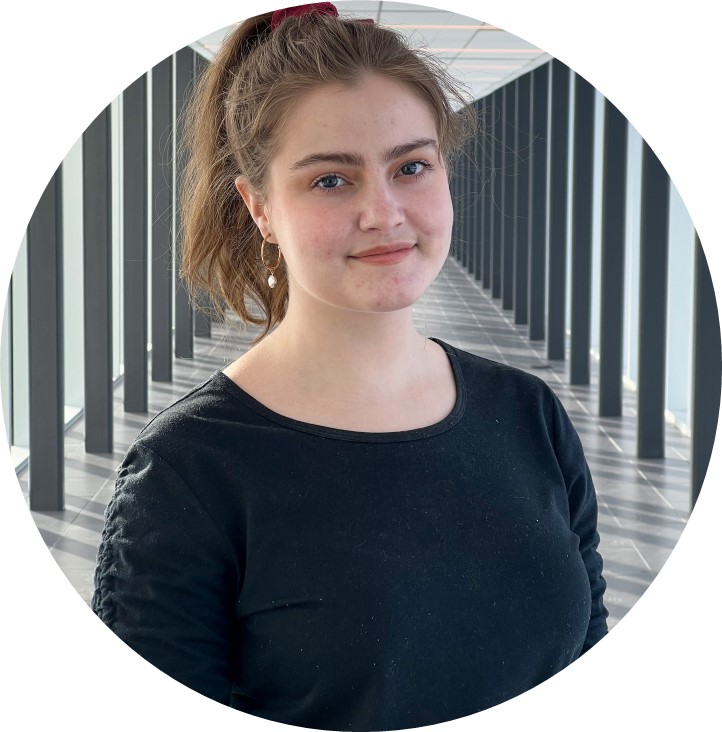
Jessie Christie

Lisa Devlin
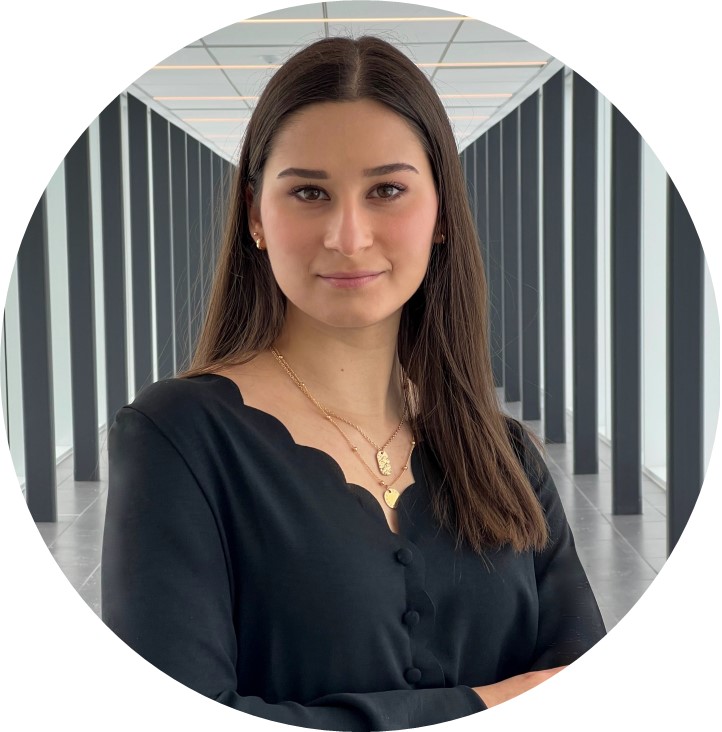
Sarah Odinotski
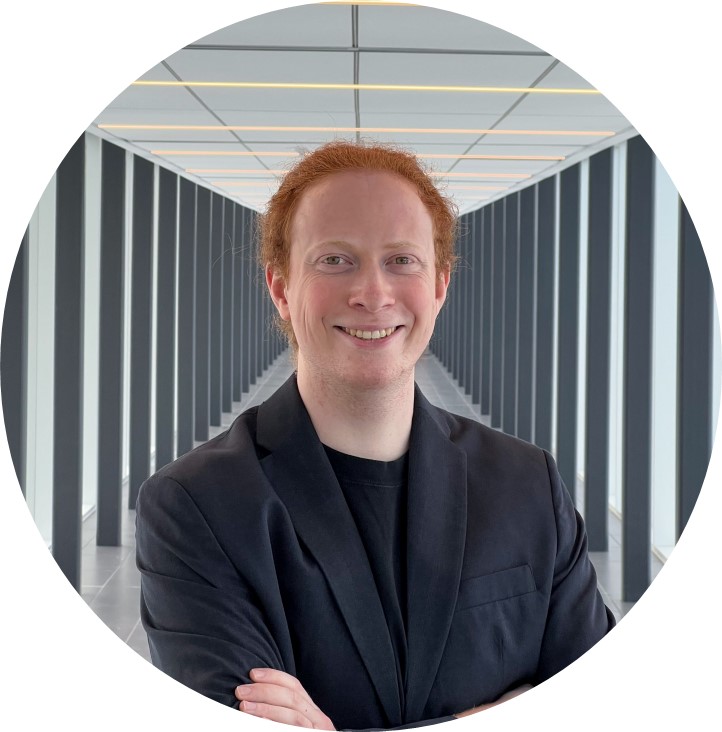
Simon Frew
CortiSolve: An aptamer-based biosensor for rapid cortisol measurement
3
Despite the growing percentage of Canadians suffering from mental illness, diagnosis methods are underdeveloped. Today, a general practitioner can be expected to accurately diagnose a patient with anxiety using only a one-page questionnaire. This questionnaire is highly subjective and therefore unreliable, leading to incorrect diagnoses and preventing proper treatment. To support accurate diagnoses, we have designed a rapid, high-frequency, and non-invasive cortisol biosensor. Our aptamer-based design surpasses gold-standard methods and emerging antibody-based solutions by improving temporal resolution, device saturation, and minimizing interference by competing analytes. This sensor’s quantitative data can be used to support reliable diagnoses of mental illness.
Consultant: Dr. Mahla Poudineh
Sponsor: Engineer of the Future Fund (S21, F21), Baylis Medical Capstone Design Award, The Cowan Prize (Matt Cowan)

Elijah Flores

Fariha Hossain

Kristelle Canlas
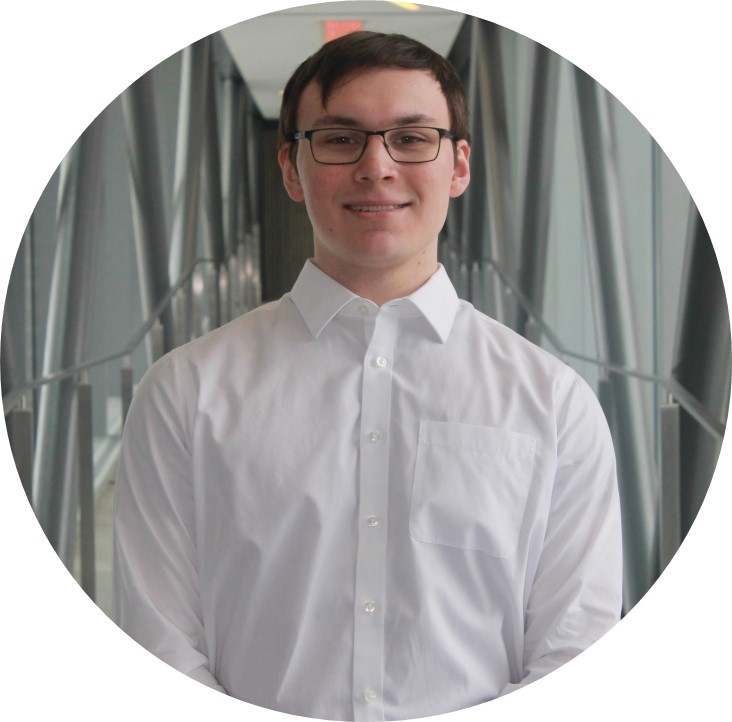
Kevin Hayden
MICO: A Wireless Xenon Flash for Smartphone Photography
4
While the camera lens technology of smartphones advances in quality, the built-in LED flash that compliments it remains insufficient. It is limited to low-lighting environments and short distances, resulting in low-quality photos when compared to professional flash photography. Furthermore, professional-grade lighting equipment is often too bulky and expensive for amateur photographers. MICO aims to bring studio-grade flash photography into the hands of smartphone photographers by providing a portable, external xenon flash that achieves powerful lighting and connects to an iOS application via Bluetooth. Such xenon-based lighting will enable better light distribution, maximal colour rendering index values, and even high-speed photography.
Consultant: David Nairn
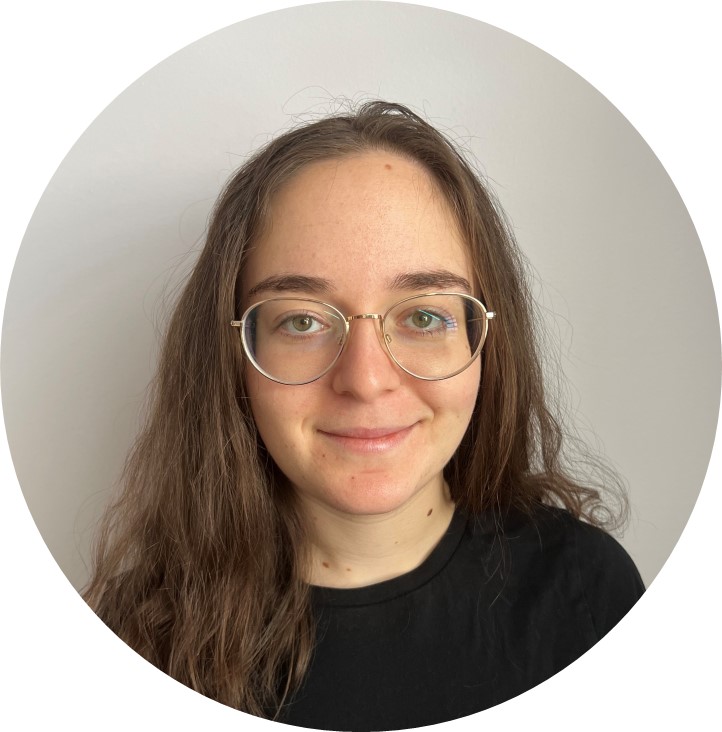
Michelle Teplitski

Liam Croteau

Zach Oldham
AquaCoat: Photocatalytic Anti-Fouling Solution for Finfish Aquaculture
5
We are developing a non-toxic coating as an effective anti-fouling solution for finfish aquaculture farming. Biofouling is the accumulation of organic material such as bacteria and algae on submerged surfaces and is estimated to cost the aquaculture industry $14B yearly. Current commercialized solutions like in-situ net cleaning and biocides can lead to lower fish quality and have been banned in some countries due to damage to surrounding ecosystems. Our novel coating is a safe, inexpensive, and long-lasting alternative that uses sunlight to break down organic material on affected surfaces to effectively prevent biofouling without releasing harmful material into the environment.
Consultant: Eric Prouzet

Aaranya Alexander

Zeyuan Li

Sama Nanayakkara

David son
Silicon Nanowire Thermoelectric Generator for use in Low Temperature Geothermal Energy Systems
6
Geothermal energy is a much more reliable renewable energy source than solar and wind, but current geothermal plants are expensive and difficult to maintain. We propose replacing bulky steam-powered turbines with a solid-state system of thermoelectric generators (TEG). Unlike popular TEG designs that include toxic, rare materials, we have developed a device that uses the enhanced thermoelectric properties of porous silicon nanowires to produce significant power even at low geothermal temperatures. These silicon nanowire arrays can be easily scaled as they use a simple, inexpensive, and well-established etching method.
Consultant: Dayan Ban